Submitted by WA Contents
Israel Pavilion’s LifeObject exhibition merges Biology and Architecture in Venice Biennale
Italy Architecture News - May 31, 2016 - 12:42 16389 views
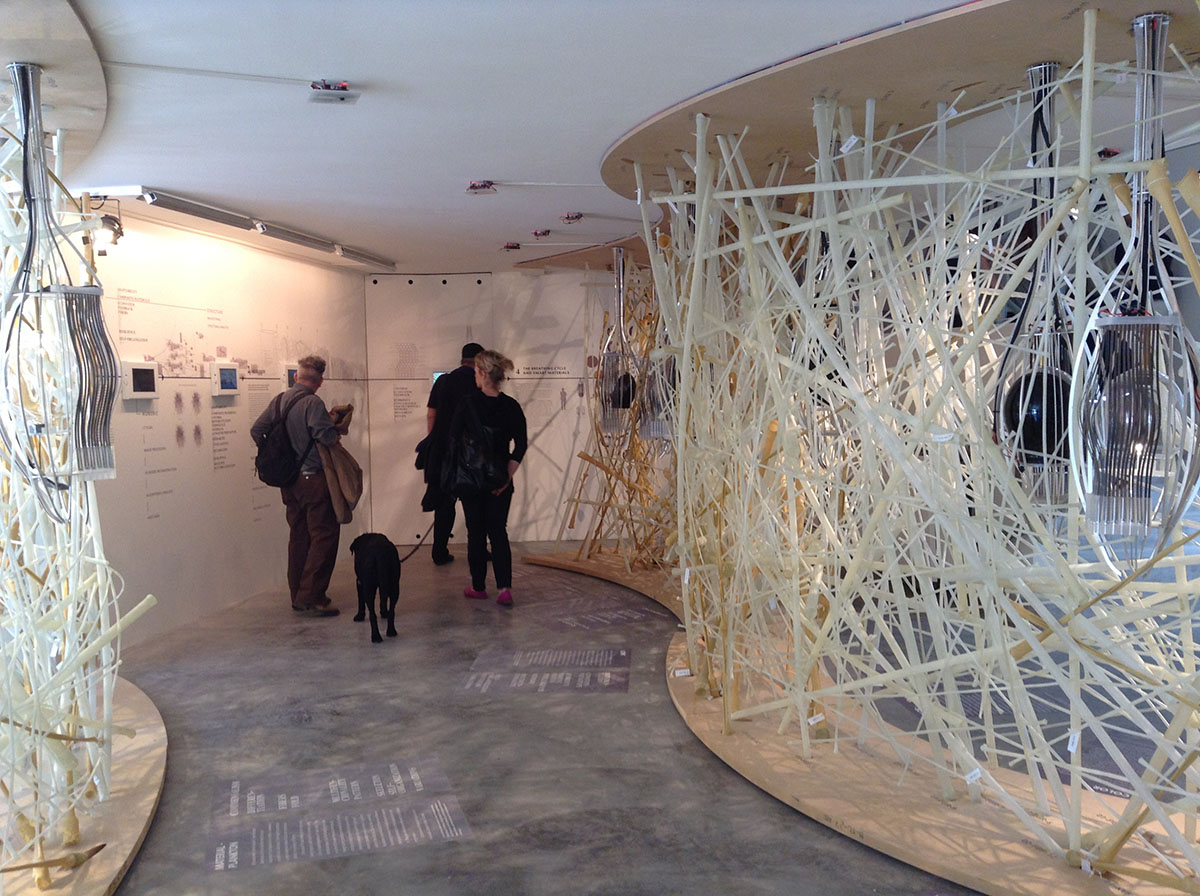
The Israel Pavilion's 'LifeObject: Merging Biology & Architecture' exhibition at the 15th International Architecture Exhibition focuses on the study analyzing the relationship between biology and architecture. The Israeli Pavillion at this year’s Venice Architecture Biennale is transformed into a laboratory for biologically inspired architectural research.
The LifeObject exhibition does away with distinctions which have long separated nature from artifice, examining new relations between human beings and their environment taking shape, from the nano-scale of individual cells to larger global environmental phenomena, and from the scale of materials to the urban structures they create.
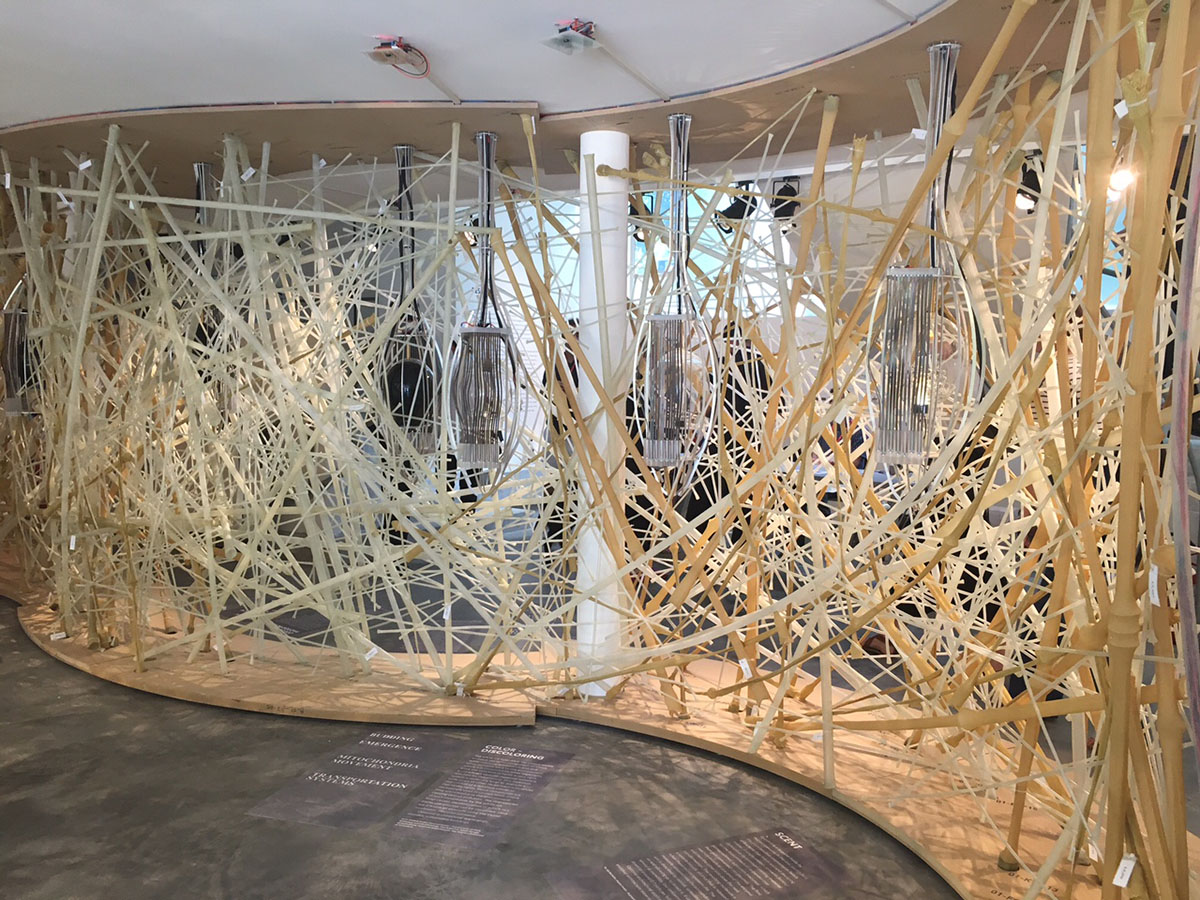
Image © WAC
Merging biology and architecture, LifeObject spans across all levels of animation, from the bio-inspired design of inanimate material, through dynamic inorganic material, to living material itself. In order to explore these dynamics further, the curatorial team, including architects Bnaya Bauer, Arielle Blonder, Noy Laza- rovich, scientist Dr. Ido Bachelet and curator Dr. Yael Eylat Van-Essen, invited seven groups of architects and scientists, among them Professor Dan Shechtman, a Noble Prize Laureate, to synergize their knowledge, and reorient their approach towards architecture. Examples range from using nano-materials to naturally control transparency in desert structures, to employing cancer treatment techniques to deal with urban densification.
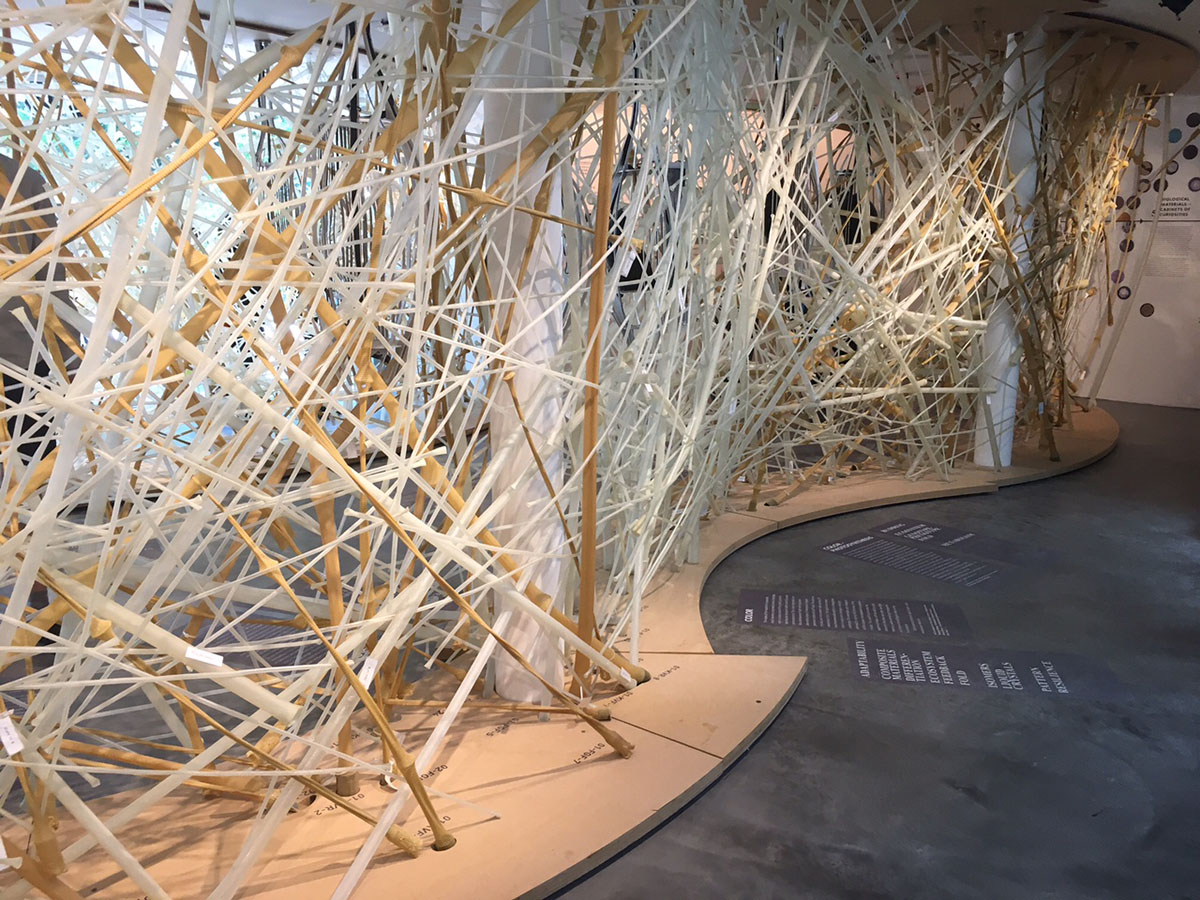
Image © WAC
LifeObject explores the new relationship evolving between architecture and biology, and involves the work of renowned Israeli researchers, architects, designers and scientists (including Noble Prize Winner Dan Shechtman) with more than 100 contributors spanning diverse fields.
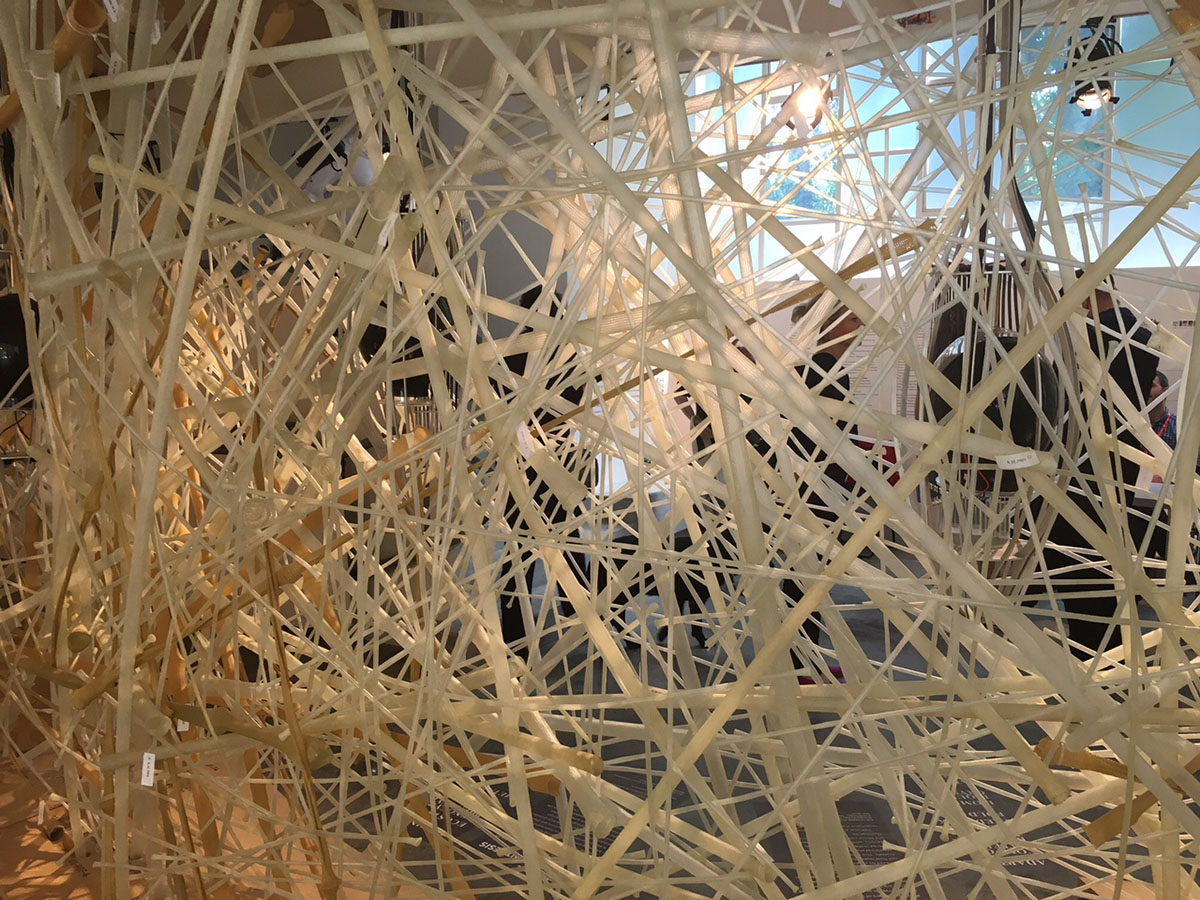
Image © WAC
The central work of the exhibition is LifeObject, a massive 16-meter-long "bird's nest" composed of synthetic and natural materials. The free standing structure inspired by a 3D scan of a bird's nest undulates and curves throughout the lower floor of the pavilion and reacts to the body heat and movements of each viewer.
This living structure integrates artificial and natural elements into an organic system. Human presence around the LifeObject triggers the opening of 'cabinet de curiosités' filled with biological materials which are expected to have a significant impact on architectural design and construction.
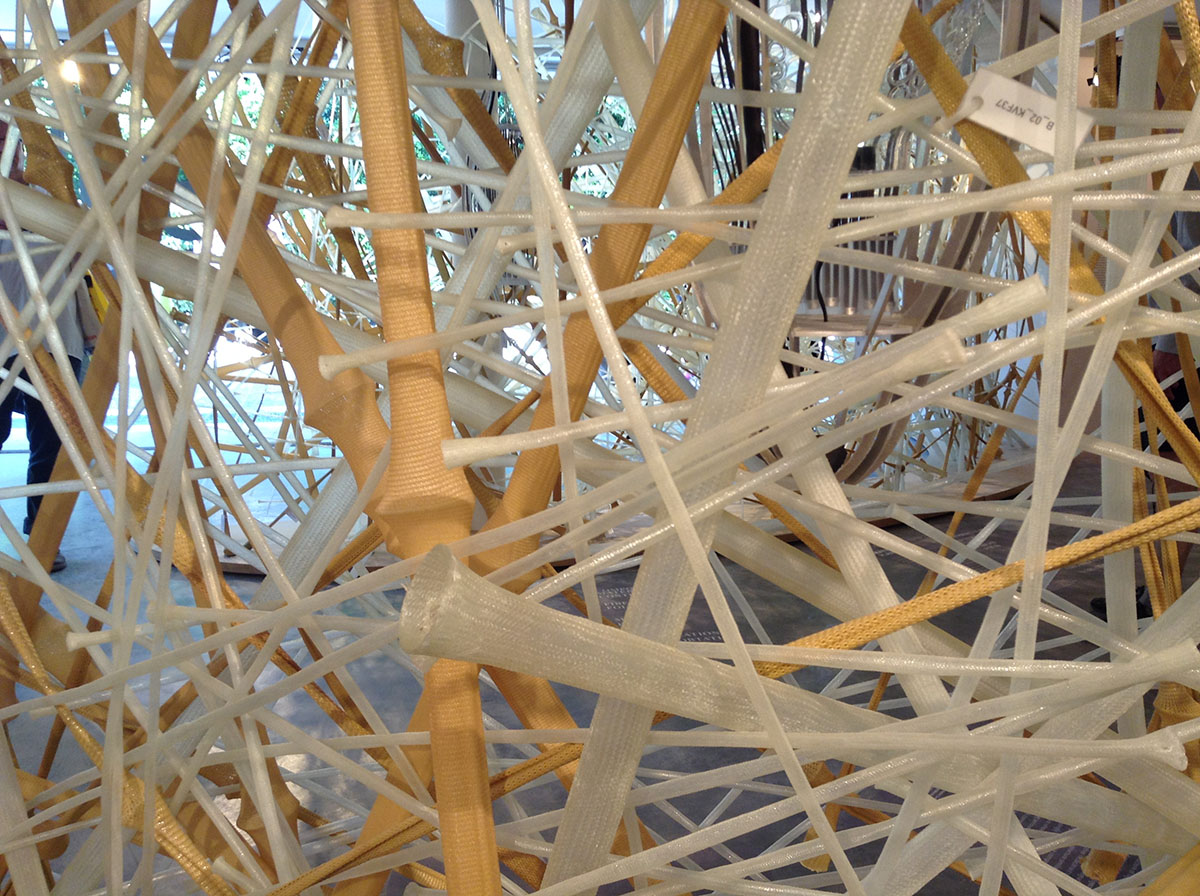
Image © WAC

Image © WAC

Image © WAC

Fragment. Image courtesy of LifeObject

Breathing cells. Image courtesy of LifeObject
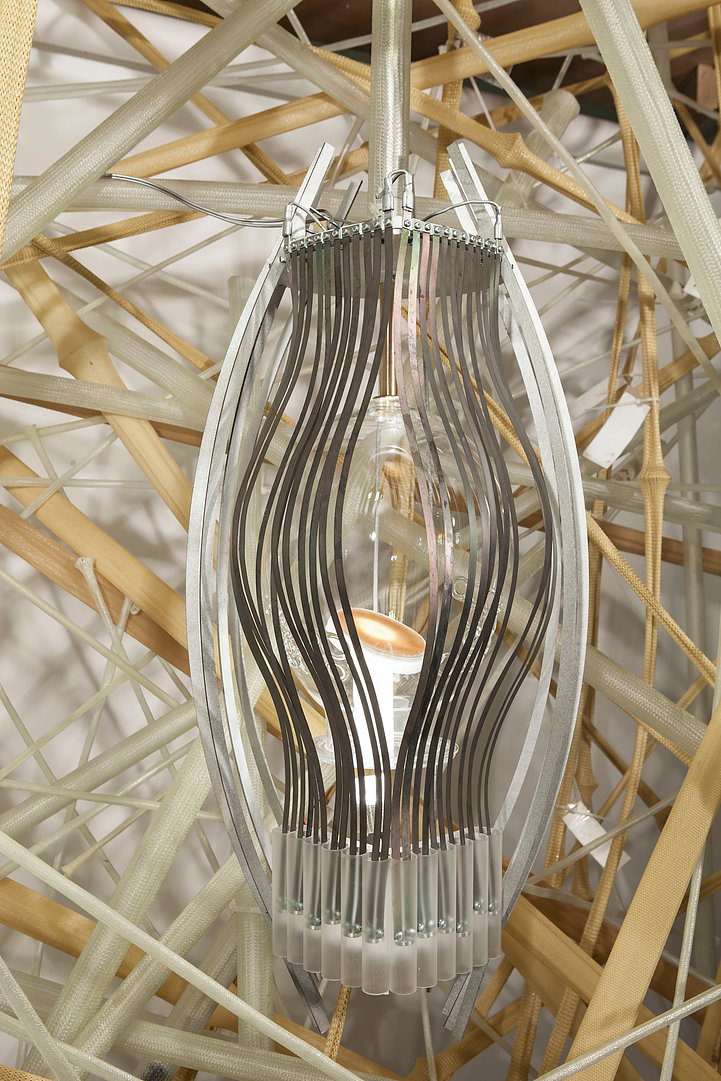
Breathing cell. Image courtesy of LifeObject

Image courtesy of LifeObject
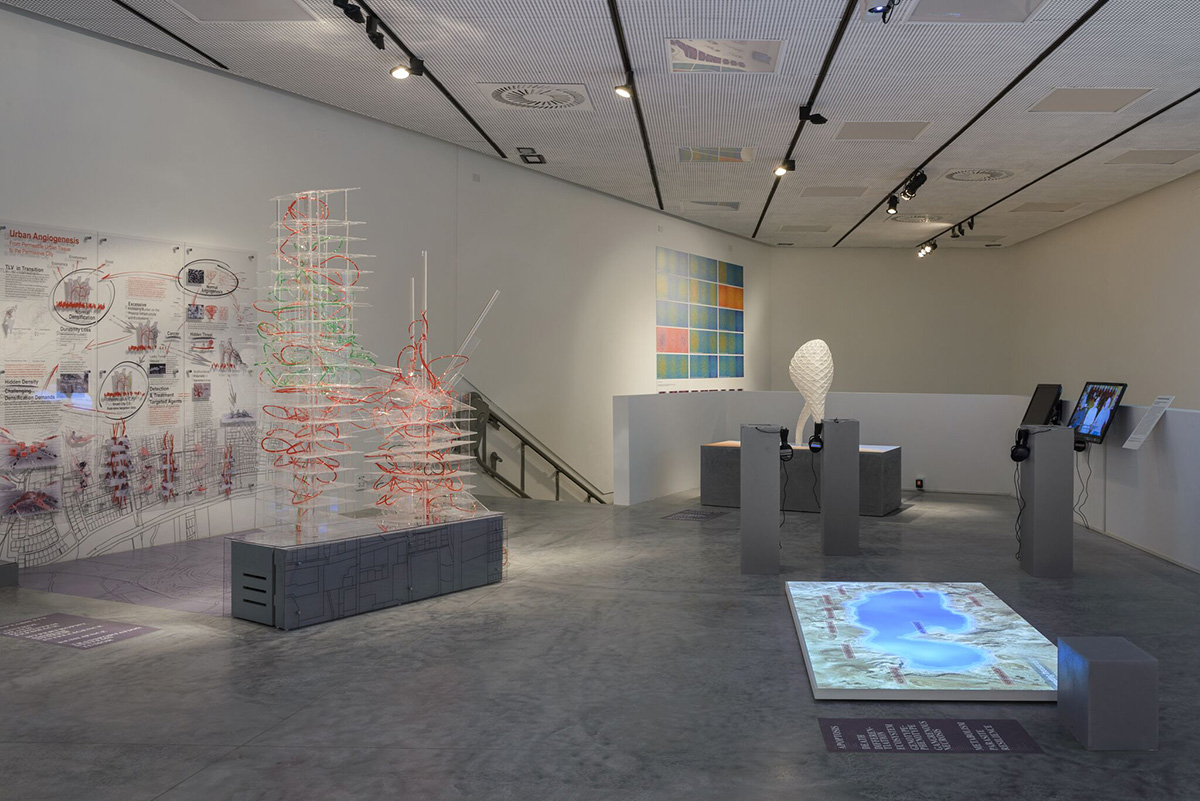
Image courtesy of LifeObject
The second part of the exhibition consists of seven studies created by teams of architects and scientists who were invited to propose speculative scientific-architectural projects, using biological paradigms to relate to local and global planning and architectural questions. Projects include Behave, Live It, Nanocellulose Desert Shelter, Bio Smart City 3.0, Breathing Architecture, Resurrecting The Dead Sea, and Crystal Diffractions.
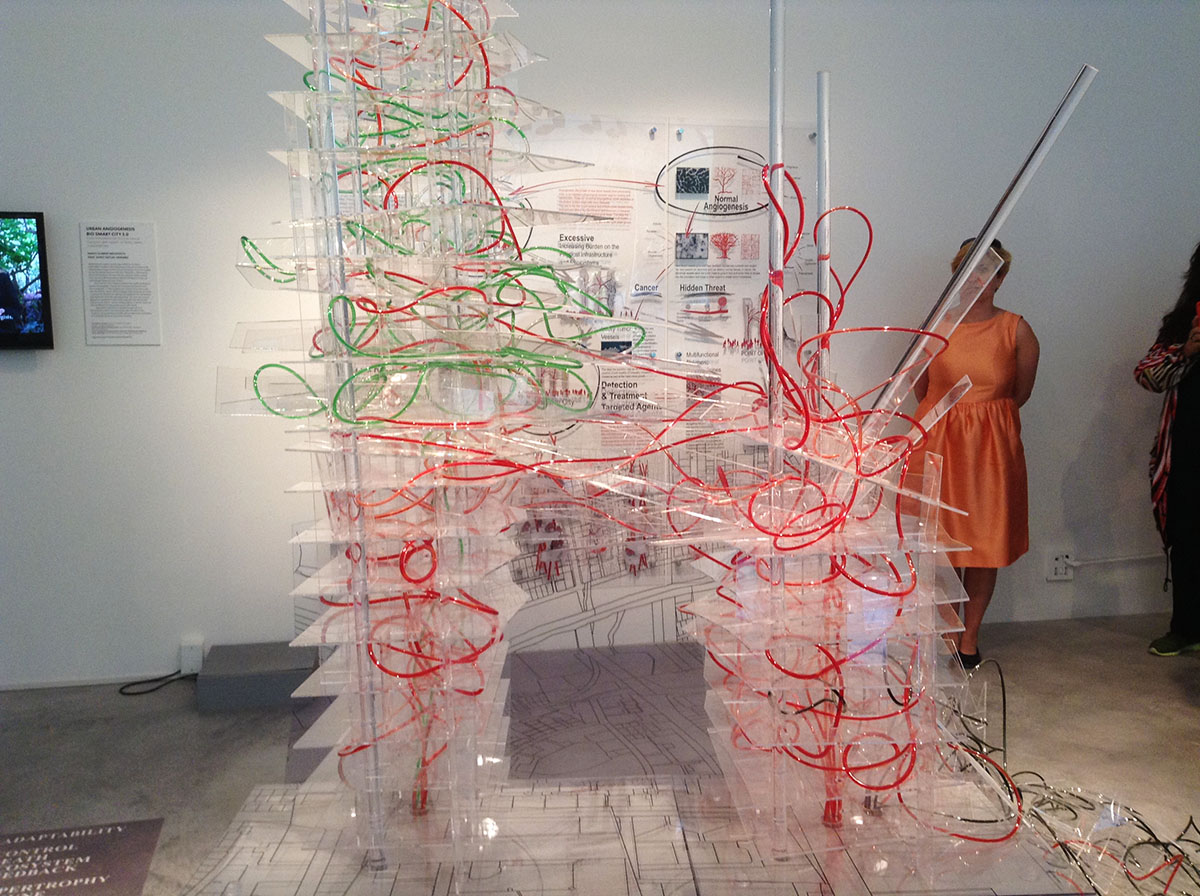
BIO Smart City 3.0 presented at the second part of the exhibition. Image © WAC
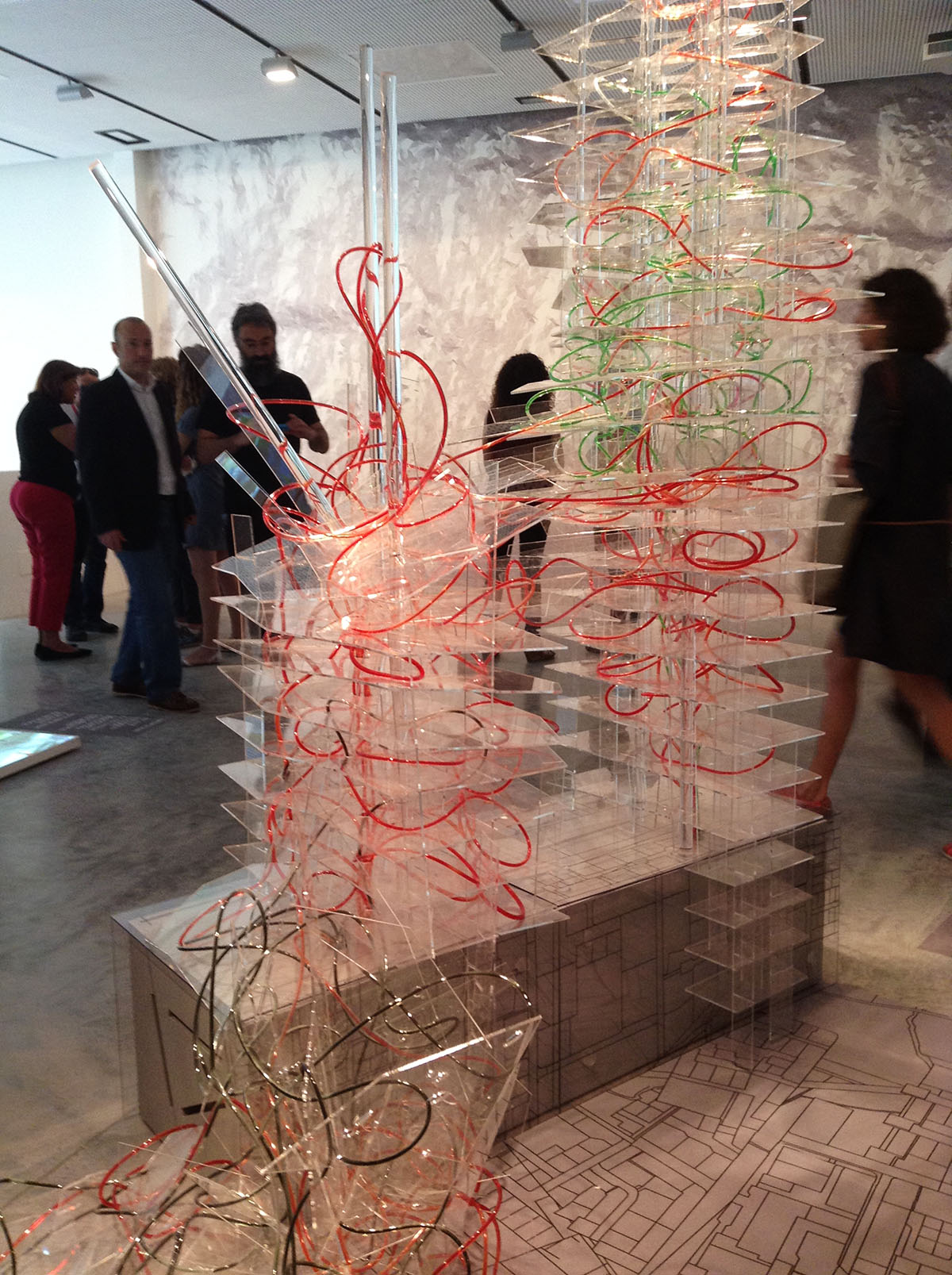
BIO Smart City 3.0 by Tagit Klimor from Knafo Klimor Architects and Prof. Ronit Satchi-Fainaro. Image © WAC
BIO Smart City 3.0 is an interactive installation invisioned by Tagit Klimor from Knafo Klimor Architects and Prof. Ronit Satchi-Fainaro which applies the biological process of angiogenesis - through which new blood vessels form from pre-existing ones - in order to explore new methods of preventing urban over-densification. The installation consists of two towers measuring four and seven feet high, constructed from plexiglass.

Image © WAC
Red liquid flows continually through a series of polyurethane conduits, intertwining within the two towers, demonstrating a healthy level of habitation. Two systems work simultaneously: one represents the healing process of a diseased area in the structure, and the other emphasizes the collapse of untreated areas. The structures allude to the built and unbuilt urban fabric, the shade of the fluid is the identification and treatment of diseased areas due to unattended changes in population density.

Image © WAC
Global trends of migration towards urban centers are increasing exponentially, overtaxing urban infrastructure to the point where it risks collapsing beyond repair. In order to assess the moment – where overcrowding in a city has reached ‘the point of no return’, This project examines if tackling urban sickness could be pioneered according to biological principles and methodologies which govern cancer research.

Image courtesy of LifeObject

The Breathing Building by Farah Farah, Moti Bodek and Professor Elad David. Image © WAC
The breathing building is a project by the architects Farah Farah, Moti Bodek, and Professor Elad David which proposes a bio-inspired building ventilation and air conditioning system that mimics the breathing process, where the nasal passage naturally conditions the inhaled environmental air.
The proposed project presents a dynamic structure which is the outcome of a joint collaboration between architects and bioengineers. Anchored in the mediterranean sea off the coast of Ashdod, the structure is designed to fulfill the challenging function of creating an optimal HVAC (Heat, Ventilation, Air-Conditioning) system by using renewable energy in order to insure more sustainable and ecological manner.
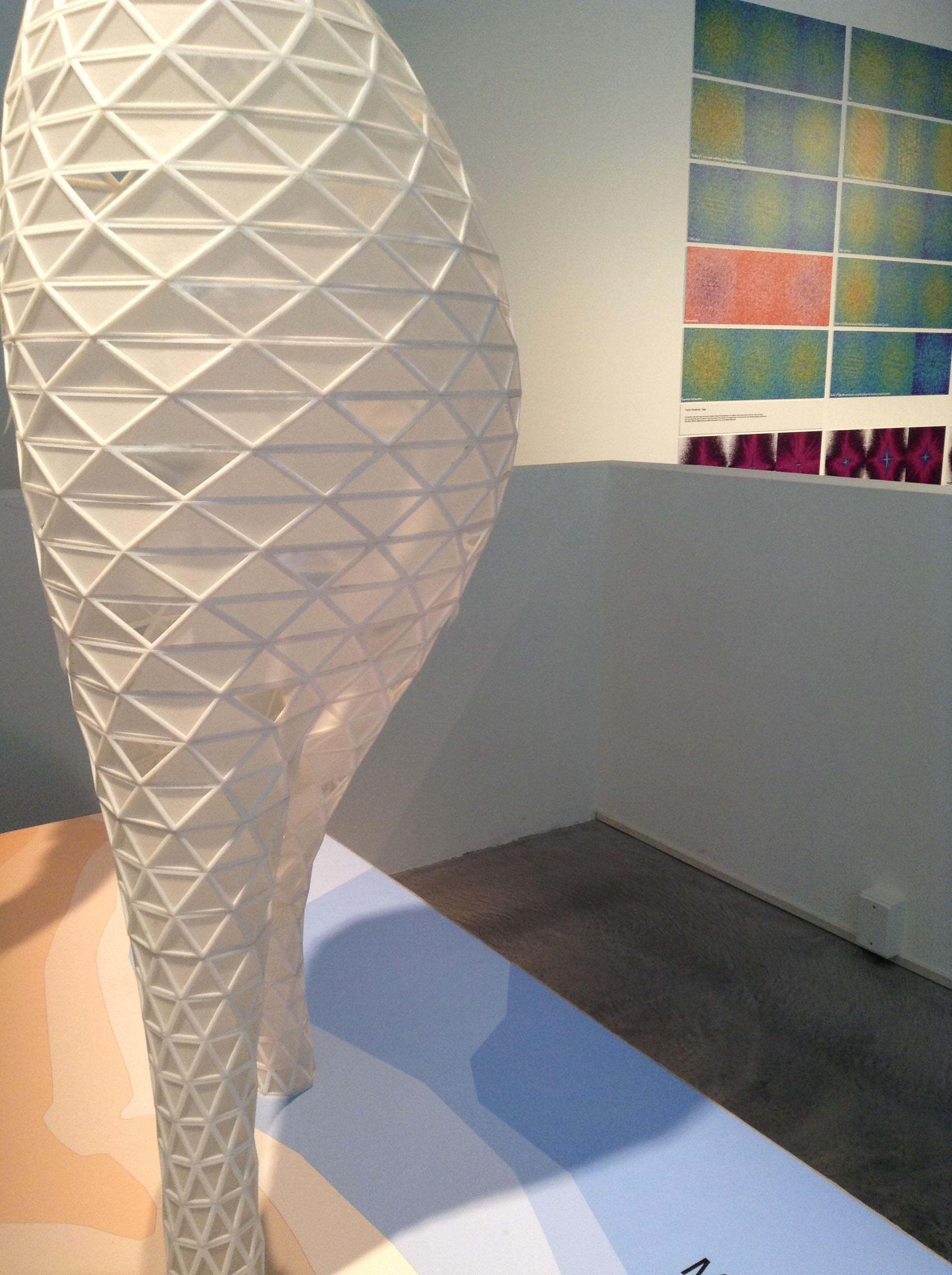
Image © WAC
In recent years considerable efforts have been made in the field of biomimetic architecture to create ventilation systems that preserve environmental balance and reduce the building’s carbon imprint. Many of these new ideas are based on treating the architectural structure as a living body that synergizes with the surrounding ecosystem through mechanisms that mediate the movement of air.
Michelle Addington of Yale University has conducted notable research that, drawing on convection patterns similar to those occurring around the human body, proposes systems for controlled ventilation comprised of dynamic plumes that heat and cool the air enclosing building surfaces.

Image © WAC
Architect Doris Sung proposed to condition the interior environments by using architectural surfaces made of smart metals that respond to external stimuli without consuming external energy resources. While most of the published attempts to create biomimetic ventilation systems were inspired by the large external surfaces of mammals, they have chosen to base their new concept on the functionality of the mammalian nose, a small interior air-conditioning organ, to create a dynamic breathing building.

Image © WAC
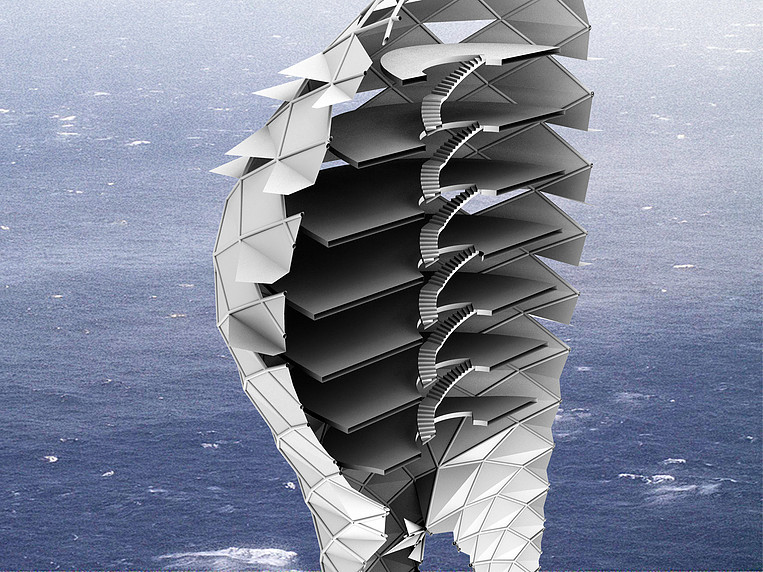
Breathing Building Simulation, 2015. Image © Alex Soth Architects.
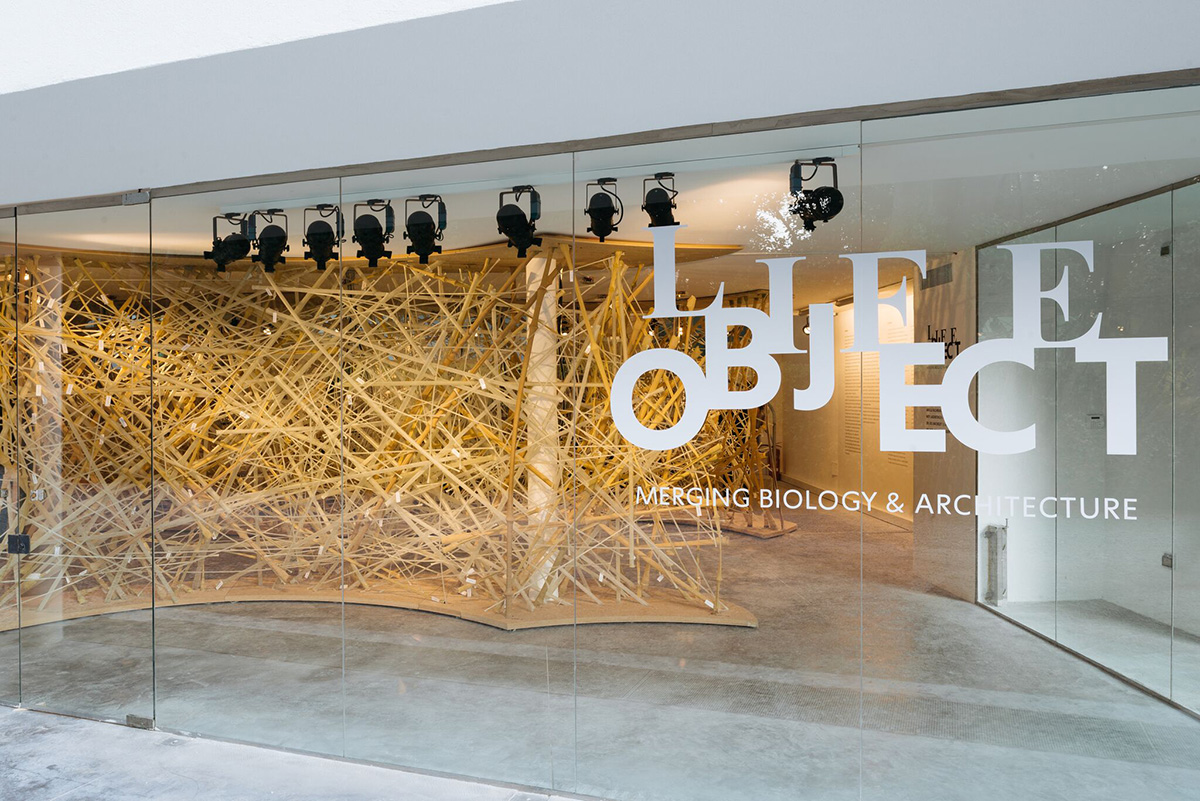
Image courtesy of LifeObject
Top image © WAC